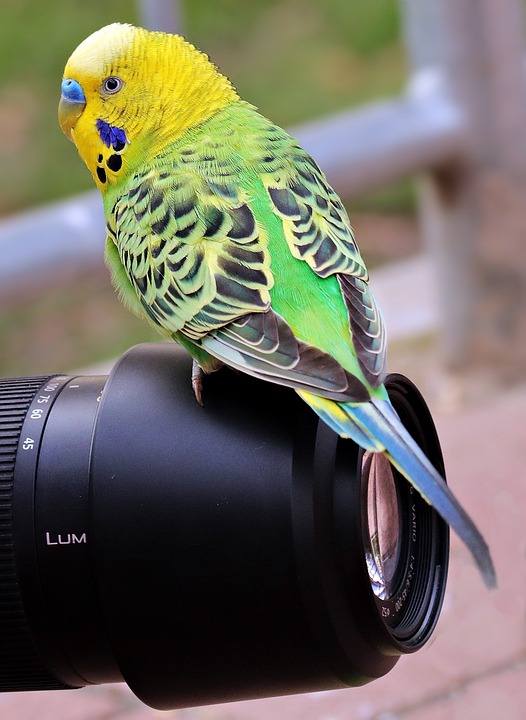Parrots are highly intelligent and sociable birds that can be trained to respond to various cues and commands. Teaching your parrot to come when called is not only a useful behavior for their safety but also enhances the bond between you and your feathered friend. With proper training techniques and consistency, you can successfully teach your parrot to come when called. In this article, we will explore step-by-step methods to train your parrot to respond to the “come” command and provide answers to frequently asked questions about parrot behavior.
Understanding Parrot Behavior
Before diving into the training process, it is crucial to understand some fundamental aspects of parrot behavior. Parrots are flock animals that thrive on social interaction and mental stimulation. They possess a natural instinct to follow their flock, and teaching them to come when called taps into this instinct. Additionally, positive reinforcement techniques work best with parrots, as they respond well to rewards and praise.
Step-By-Step Training Process
1. Create a Positive Environment – Start by creating a positive and safe environment for your parrot. Ensure they are comfortable in their surroundings and have a good bond with you. A calm and stress-free parrot is more likely to respond positively to training.
2. Choose a Cue – Decide on a specific cue word or phrase that you will use consistently to call your parrot. Common choices include “come,” “here,” or a unique word of your choice. Make sure the chosen cue is easy to pronounce and distinct from other commands you may use.
3. Begin in a Controlled Space – Start the training process in a small, controlled area such as a quiet room or an enclosed space. This allows your parrot to focus on the training without distractions.
4. Positive Reinforcement – Whenever your parrot voluntarily moves towards you, use the chosen cue word and immediately reward them with a small treat or verbal praise. Repeat this process consistently, gradually increasing the distance between you and the parrot.
5. Gradual Progression – As your parrot becomes more comfortable with the training, gradually expand the training area and practice the “come” command in different rooms or settings. Maintain consistency in using the cue word and rewarding your parrot each time they respond correctly.
6. Generalization – Once your parrot consistently responds to the “come” command in controlled environments, begin practicing in more challenging situations. Introduce distractions gradually, such as other people or toys, to simulate real-life scenarios.
7. Practice Regularly – Consistency is key when training parrots. Practice the “come” command regularly, ideally in short sessions multiple times a day. This helps reinforce the behavior and improves the chances of your parrot responding reliably.
FAQs about Parrot Behavior
Q: How long does it usually take to train a parrot to come when called?
A: The exact time required for training may vary depending on the individual parrot’s personality and previous training experiences. However, with consistent and positive reinforcement training, most parrots can learn to respond to the “come” command within a few weeks to a couple of months.
Q: What if my parrot refuses to come when called?
A: If your parrot is not responding to the “come” command, it may indicate a lack of motivation or understanding. Double-check that you are using consistent cues and rewards, and ensure that the parrot is in a positive and receptive mood. Adjust your training techniques or seek guidance from an avian behavior specialist if needed.
Q: Can I use a clicker for training my parrot to come when called?
A: Yes, clicker training can be an effective method to reinforce the “come” behavior in parrots. By pairing the clicker sound with the cue word and promptly rewarding your parrot, you can create a strong association between the cue and the desired behavior.
Remember, patience and positive reinforcement are essential when training your parrot. Each parrot is unique, so adapt your training methods to suit their individual needs and preferences. With time and dedication, you can successfully teach your parrot to come when called, creating a stronger bond and ensuring their safety in various situations.









